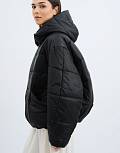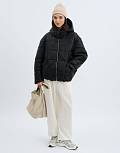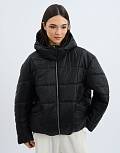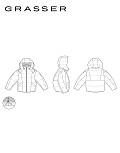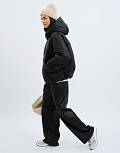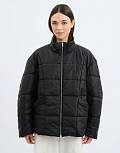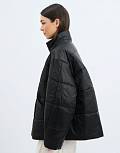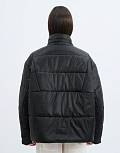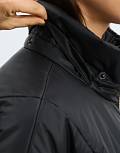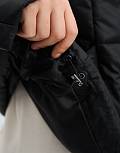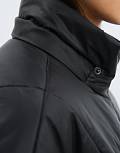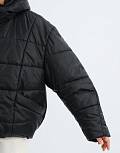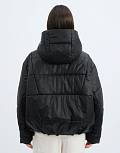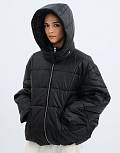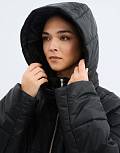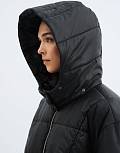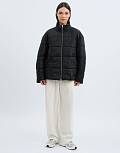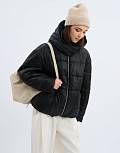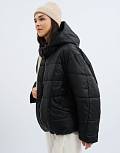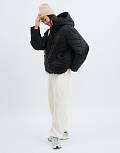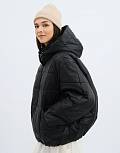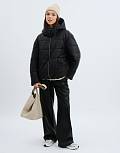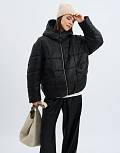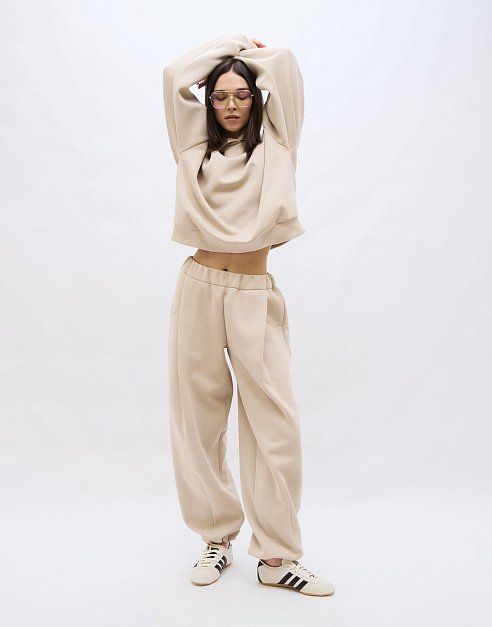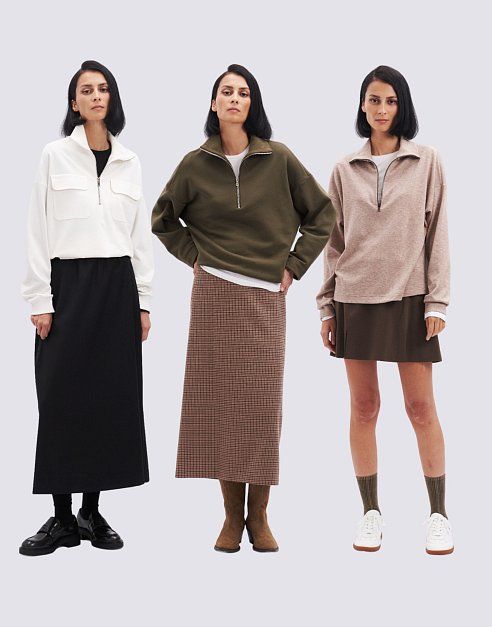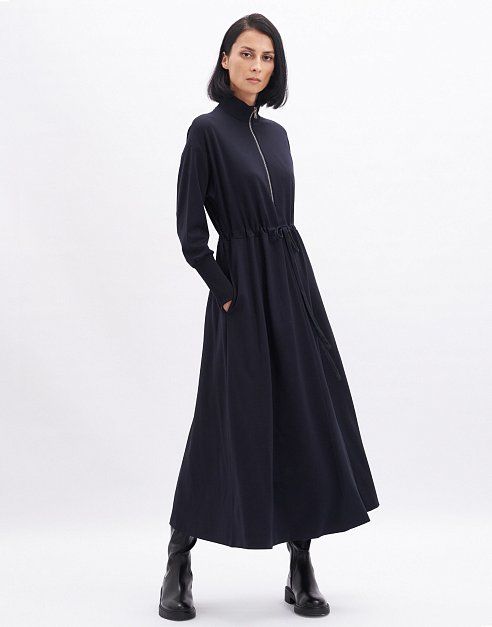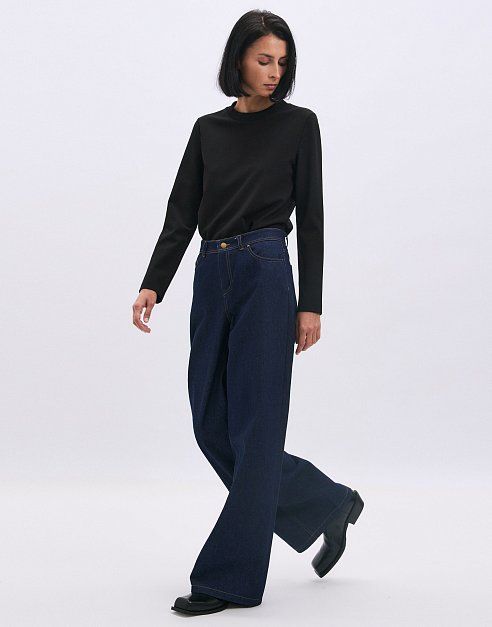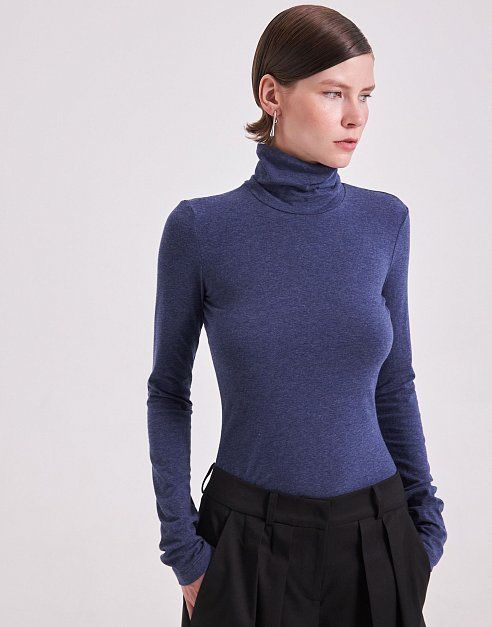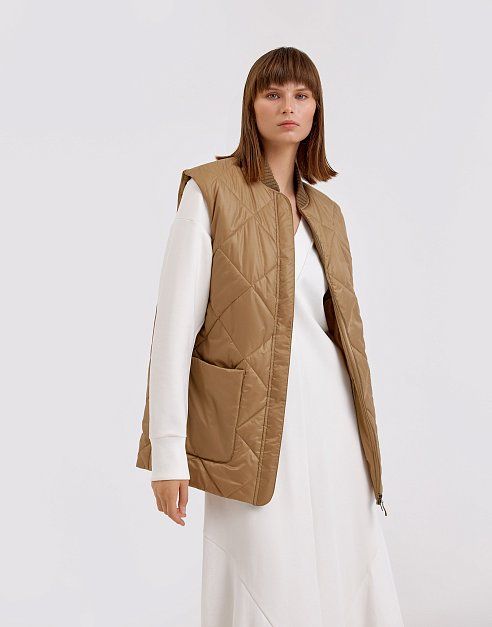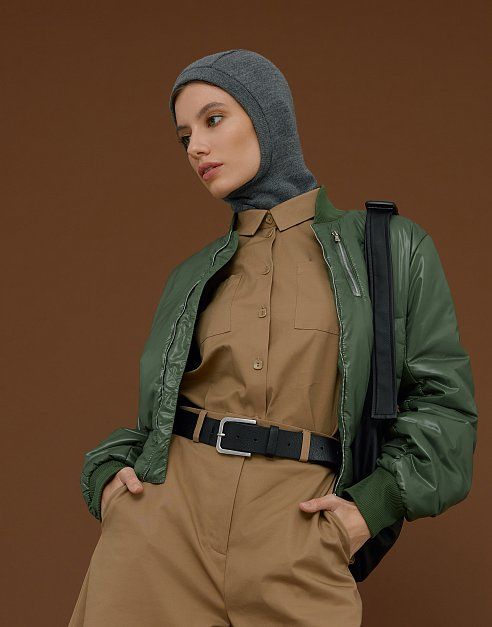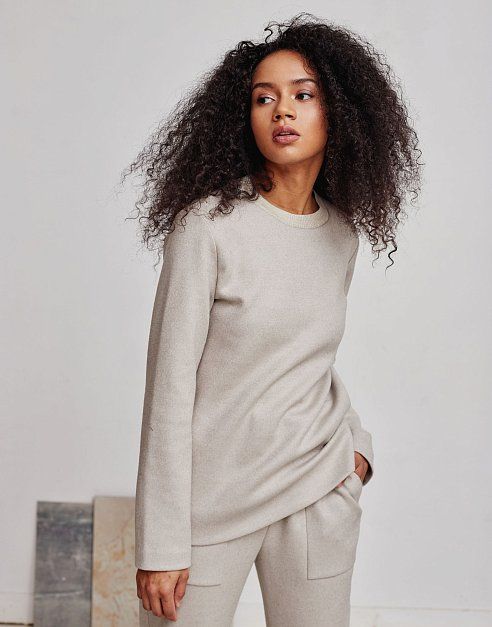Jacket, pattern №1280
This insulated, loose-fitting jacket features a zip closure, stand-up collar, and detachable hood. Front welt pockets. The hem has a drawstring with drawstring and closures.
Advanced level
Instructions with photo
Plotter 900 + А4/Letter
Sizes:
-
size 38-40, height 152-158
-
size 38-40, height 158-164
-
size 38-40, height 164-170
-
size 38-40, height 170-176
-
size 38-40, height 176-182
-
size 42-44, height 152-158
-
size 42-44, height 158-164
-
size 42-44, height 164-170
-
size 42-44, height 170-176
-
size 42-44, height 176-182
-
size 46-48, height 152-158
-
size 46-48, height 158-164
-
size 46-48, height 164-170
-
size 46-48, height 170-176
-
size 46-48, height 176-182
-
size 50-52, height 152-158
-
size 50-52, height 158-164
-
size 50-52, height 164-170
-
size 50-52, height 170-176
-
size 50-52, height 176-182
-
size 54-56, height 152-158
-
size 54-56, height 158-164
-
size 54-56, height 164-170
-
size 54-56, height 170-176
-
size 54-56, height 176-182
-
-
Size:
- 38-40
- 42-44
- 46-48
- 50-52
- 54-56
Height:
- 152-158
- 158-164
- 164-170
- 170-176
- 176-182
$11
After payment, links for downloads of patterns are sent to your e-mail. For registered users download links are also available in personal account in the section "My Orders".
Info
Comments
Questions
-
A loose-fitting jacket with a straight silhouette, insulated and lined. The garment length is below the hip line. The jacket has a center front zipper closure, which is designed with an underlap placket. The front of the jacket features vertical princess seams running from the shoulder seam and single-welt pockets with set-in ends. The pocket is located on the side part of the front in a diagonal cut that starts from the princess seam and goes down to the side seam. The back consists of upper and lower parts. The upper part of the back feature a vertical princess seam running from the shoulder seam. On the inside of the garment, along the hemline of the front and back, there is a casing with an elastic cord and cord locks for adjusting the fit. The cord is brought out to the wrong side of the garment through the eyelets located at the side seams. The shoulder line is dropped by 11.2–12.8 cm (depending on the garment size). Anatomically shaped, full length, set-in sleeves, constructed with three seams (top, front, and elbow). The neckline is round, finished with a high stand-up collar. The garment comes with a detachable hood of moderate volume, with a cut-on stand and a center panel. It is designed with an inner casing that holds an elastic cord and cord locks for adjusting the fit. The hood is attached to the stand-up collar with snaps placed along the bottom edge of the hood.
Model is wearing a size 42-44, height 170-176. Model parameters: Bust-line: 85 cm, Waist-line: 63 cm, Hips: 93 cm, Height: 175 cm.
-
CONSTRUCTIVE EASE (EC)*:
Bust-line: 67,2 cm.
Hips-line: 65,6 cm.
Shoulders: 29,6 cm.
Constructive ease consists of ease of package and ease of freedom.
Constructive ease is for a garment’s outer volume, ease of freedom is for a garment’s inner volume.
EF = EC - EP
We used one layer of insulation material for our garment, density is 250 g/m2.
EASE OF PACKAGE WAS 5.0 CM (EP)* (may differ according to a material type).
EASE OF FREEDOM (EF):
Bust-line: 62,2 cm.Hips-line: 60,6 cm.
Shoulders: 24,6 cm.
-
Size 38-40 42-44 46-48 50-52 54-56 Finished back length along the center back 67,6-74,0 67,7-74, 67,8-74,2 67,9-74,3 68,0-74,4 Finished sleeve length 54,9-62,1 55,-62,3 55,3-62,5 55,5-62,7 55,8-63,0
-
Main fabric. We recommend using medium to lightweight raincoat and outdoor jacket fabrics; membrane-coated shell fabrics (waterproof and breathable); outerwear fabrics with a durable water-repellent (DWR) finish.
Lining materials. For membrane fabrics we recommend using a lining made of synthetic fibers. For rainwear, outdoor jacket, and other types of fabrics, use a lining made of synthetic, blended, or natural fibers. For the front pocket lining, we recommend using fleece with a weight of 190 g/m2.
Insulation. For insulating the garment, we recommend using new-generation synthetic insulation with a protective layer on both sides - for example, ISOSOFT 34 with a weight of 250 g/m2.
Interfacing materials. For better tailoring we recommend using a side booster with a non-adhesive density of 90 g/m2, a width of 90 cm.
-
Amount of fabrics in metres.
Size 38-40 42-44 46-48 50-52 54-56 Main fabric, wide 140 cm 2,75-2,95 2,80-3,00 3,00-3,15 3,05-3,20 3,20-3,30 Lining fabric, wide 140 cm 1,40-1,50 1,45-1,60 1,50-1,70 1,60-1,80 1,65-1,85 Fleece (density 190 g/m2, wide 150 cm) (for pocket lining 0,25-0,30
Insulation material (250 g/m2; width 140 cm) 2,60-2,75 2,70-2,90 2,80-2,95 3,00-3,10 3,05-3,20 Non-fusible facing straightener of 90 g/m2 and with the width of 90 cm) 0,85-0,90 0,85-0,90
0,90-0,95 0,90-0,95 0,90-0,95 A hat cord, width 3 mm 2,60 2,70 2,80 2,85 2,95
Attention! We give an exact fabric consumption for a tight layout scheme of the details, without the extra seam allowances for the fitting and rough cutting. All pattern details should be arranged on an opened fabric sheet strictly on grain in one direction, each pattern piece must be cut out only once.
Accessories:
1. Open-end metal zipper #5, 65-75 cm long – 1 pc.
2. Snap button with the diameter of 12.5-15.0 mm - 9 pcs.
3. Eyelets 4-5 mm in diameter - 4 pcs.
4. Plastic double-hole cord lock (stopper) - 4 pcs.
-
- Multipurpose sewing machine;
- An iron with or without steam;
- Regular presser foot;
- Hinged cording foot;
- Wooden iron;
- Ironing desk or console table;
- Hand needle for basting;
- Machine needles Microtex (extra sharp) #80-90 for the main fabric;
- Machine needles #70-80 for the lining;
- Paper scissors;
- Scissors for textile cutting;
- Snaps pressing machine to install accessories grommets and press studs, depending on the diameter.
-
The pattern in your order will be in two print options:
1. For printing on A4/Letter. You need to print the pattern on a regular printer on A4/Letter sheets, then glue the sheets, cut the pattern and you can sew! A test square for checking the A4/Letter print scale is located on the first sheet of the pattern file.
2. For printing on a large format plotter. A test square for checking the plotter scale is located on the pattern sheet.
